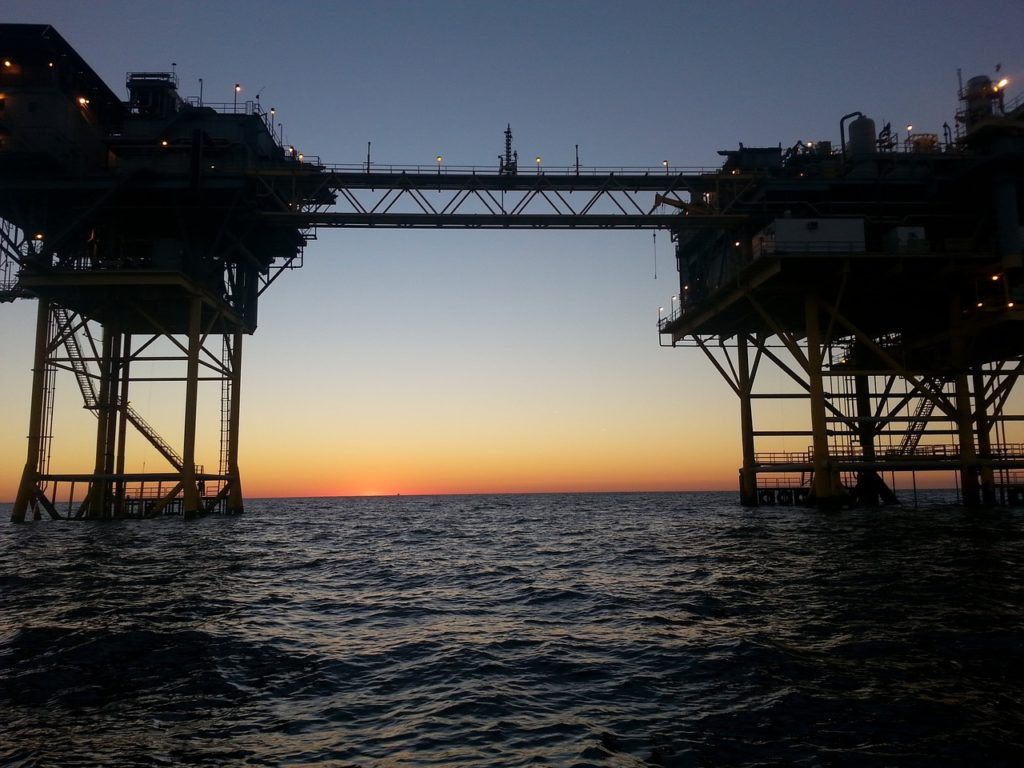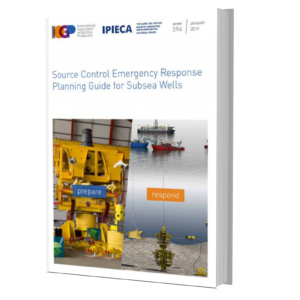How Are Subsea Wells Drilled

Estimated reading time: 5 minutes

Subsea Wells Technology & Installations
Subsea drilling, or offshore drilling, is a process where a wellbore is drilled below the seabed for the purpose of oil excavation. Subsea drilling is a process that involves a lot of complexities as oil rigs are utilised to remove crude oil, then filtered and used in many different areas.
A drilling unit for offshore operations come in various forms, such as a mobile floating vessel with a ship or barge hull, a semisubmersible or submersible base, a self-propelled or towed structure with jacking legs (jackup drilling rig), or a permanent structure used as a production platform when drilling is completed. In general, wildcat wells are drilled from mobile floating vessels or from jackups, while development wells are drilled from platforms or jackups.
Process of How Subsea Wells Are Drilling
Before drilling, geologists must first locate sedimentary rock formations that are rich in resources. This involves the use subsea technology such as seismic airguns, that uses water and sound to locate them. In addition to that, it requires the construction of significant infrastructure, both on land and at sea.
After locating and analysing the area to drill, the oil rig apparatus is set up. The oil rig apparatus is made up of a combination of power and mechanics involving pipes and tubes to extract the oil from the seabed. Mud, water and cement are also used for this. Operators try to maximise the efficiency of the oil rig to make sure the required oil is extracted with no wastages.
The pipes allow a proportionate mixture of mud and water to flow through to enable the oil and gas trapped underneath, to be extracted and accumulate in the oil well. The oil is then collected and transferred accordingly.
Subsea drilling is a tedious and dangerous procedure, and engineers who are involved must have proper emergency procedures in place. As exploration are becoming deeper, there is also an increased danger element of higher risks of accidents, spills and fires, according to the National Oceanic and Atmospheric Administration (NOAA).
“Big Oil has perpetuated a dangerous myth that coastline drilling is a completely safe endeavor, but accidents like this are a sober reminder just how far that is from the truth,” said Democratic Senator Robert Menendez in a press statement. “The fact is that 509 oil rig fires have broken out in the Gulf of Mexico since 2006.”
The IOGP Report 594 – Subsea Well Source Control Emergency Response Planning Guide – is a report for planning and preparation of a suitable subsea source control emergency response plan. The scope of the report covers basic emergency response organisational format, roles and responsibilities, well design considerations, source control options and implementation considerations. The objective of the report is to promote a standard approach in the planning and implementation of a SCERP. This publication is fully prepared by the Subsea Well Response and Source Control Subcommittee (SWRSC), which operates under the leadership and guidance of the IOGP Wells Expert Committee (WEC). The contents of the report are © International Association of Oil & Gas Producers.
Click below to download your free report “Source Control Emergency Response Planning Guide for Subsea Wells”
https://blog.opuskinetic.com/download-subsea-wells-emergency-guide

